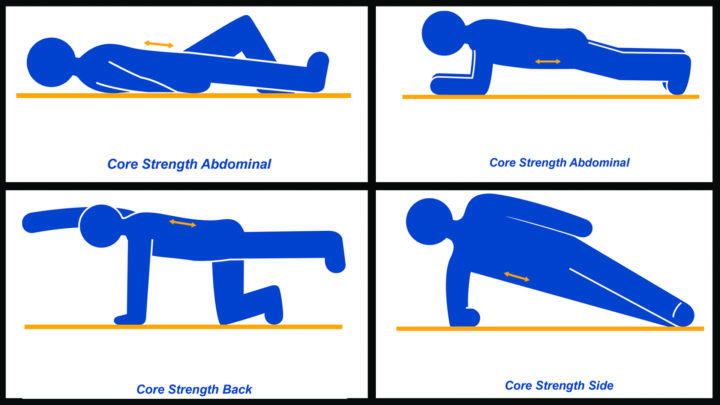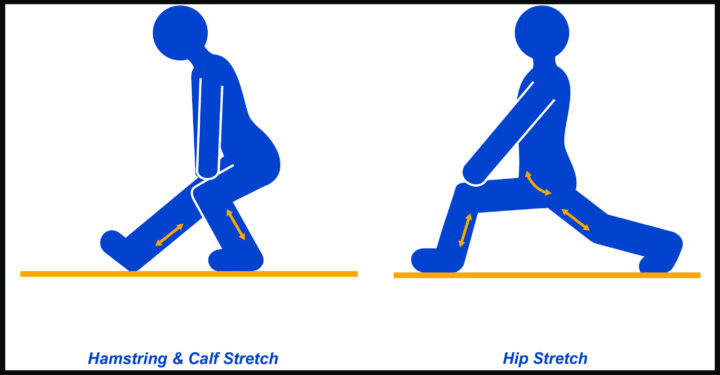Carrying a wallet in a back pocket is a habit for many—and it’s one that can cause a great deal of back pain.
The pain that people feel doesn’t come from having to shift in order to get their wallet out of their pockets—although that can be the cause of some annoyance. Rather, it comes from their spine, pelvis and lower back being out of alignment due to sitting on their wallet. The body adjusts to accommodate itself to the new, imbalanced body position by keeping the head central to the pelvis, regardless of the position of your spine—thus causing pain.
Avoiding overstuffing your wallet won’t necessarily resolve the situation. Anything that creates an imbalance in body position may result in sciatica, even if the imbalance may seem relatively small. And it’s not just wallets that can cause back pain. Heavy purses or over-the-shoulder bags can also apply strain to the sciatic nerve. Since the sciatic nerve is the longest nerve in the body, this pain can go from the back to the buttock and down each leg. If that nerve gets pinched, it goes beyond a mild backache and results in numbness and severe pain.
The most obvious solution is to break the habit that causes an imbalance in body positioning. For many people, this means carrying a wallet somewhere else. And for a purse or bag, consider lightening the load.
Exercise is one of the most important things you can do to help prevent or relieve sciatic pain. Strength exercises can help strengthen the spinal column and the core muscles, which can provide relief to the spine. It’s important to strengthen your back and sides as well as your abdomen.
To that end, consider the four exercises pictured below. Make sure your body is straight and that you hold each exercise for 10 seconds.

Stretching is another key factor in relieving sciatic pain by loosening up those tight muscles. Prolonged periods of sitting are dangerous to your back health. Whether you’re driving, sitting at a desk or are in an awkward position for a prolonged period, you need to take a break to get your stretches in.
Hamstring stretching is another key activity. And don’t forget to stretch the calves too, as they are often forgotten when it comes to sciatica. A hip stretch can be used to decrease the pain along the sciatic nerve and improve the range of motion in the hips and hamstring muscles. It’s recommended that you hold each stretch for 30 to 60 seconds and repeat as often as possible.

In order to prevent sciatic pain, it’s important to do the strength training exercises that work on your core. Maintain good posture, avoid sitting for long periods and get up and stretch regularly. It’s also important to ensure you follow proper lifting techniques. Keep the load close and don’t round your back.

